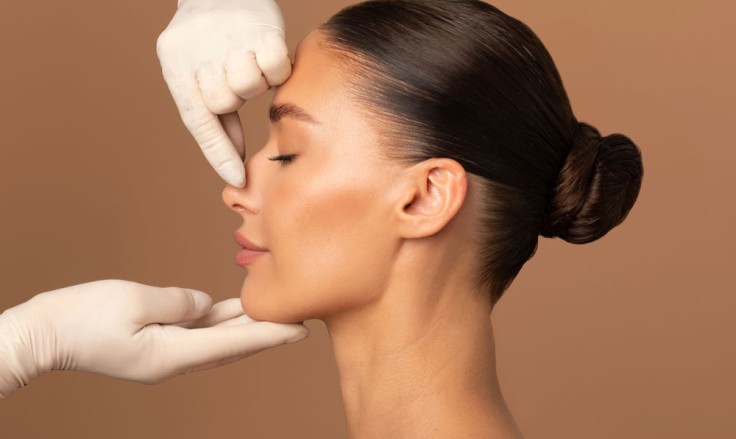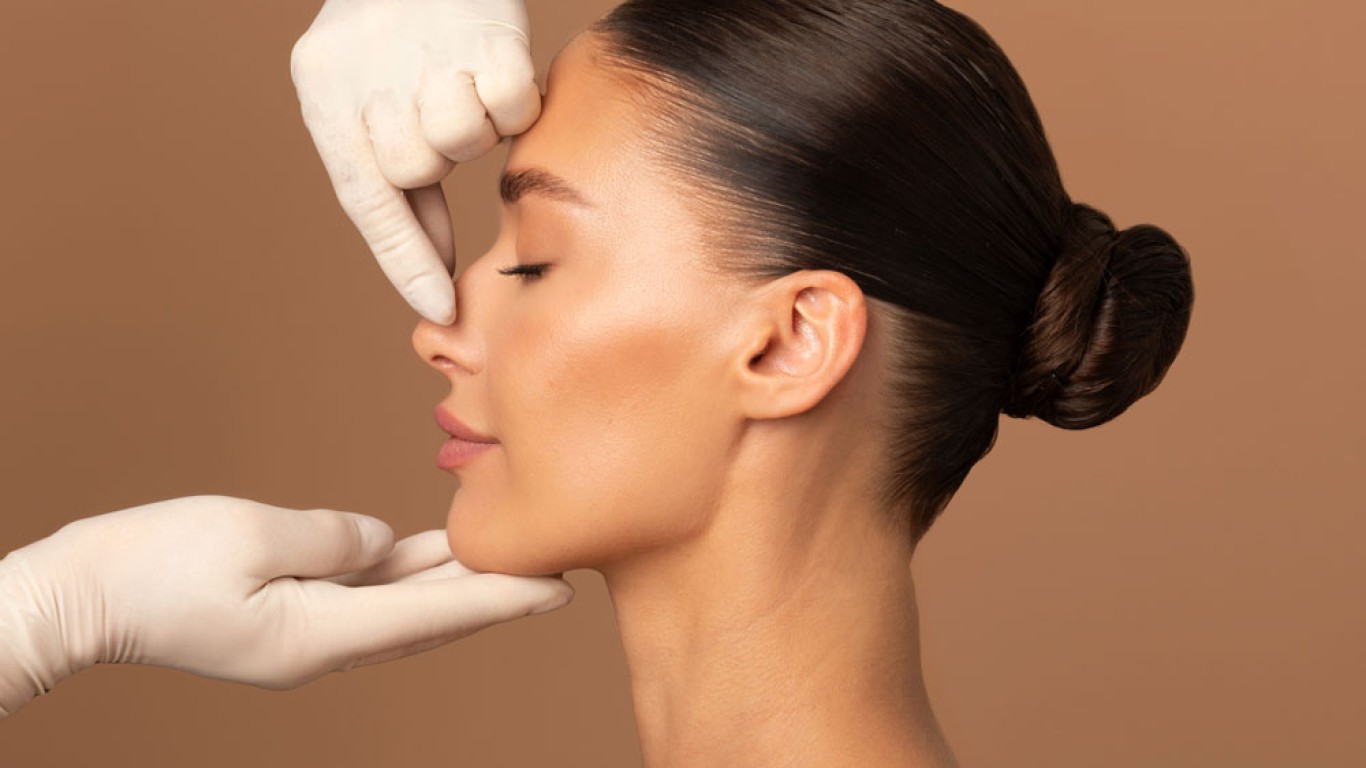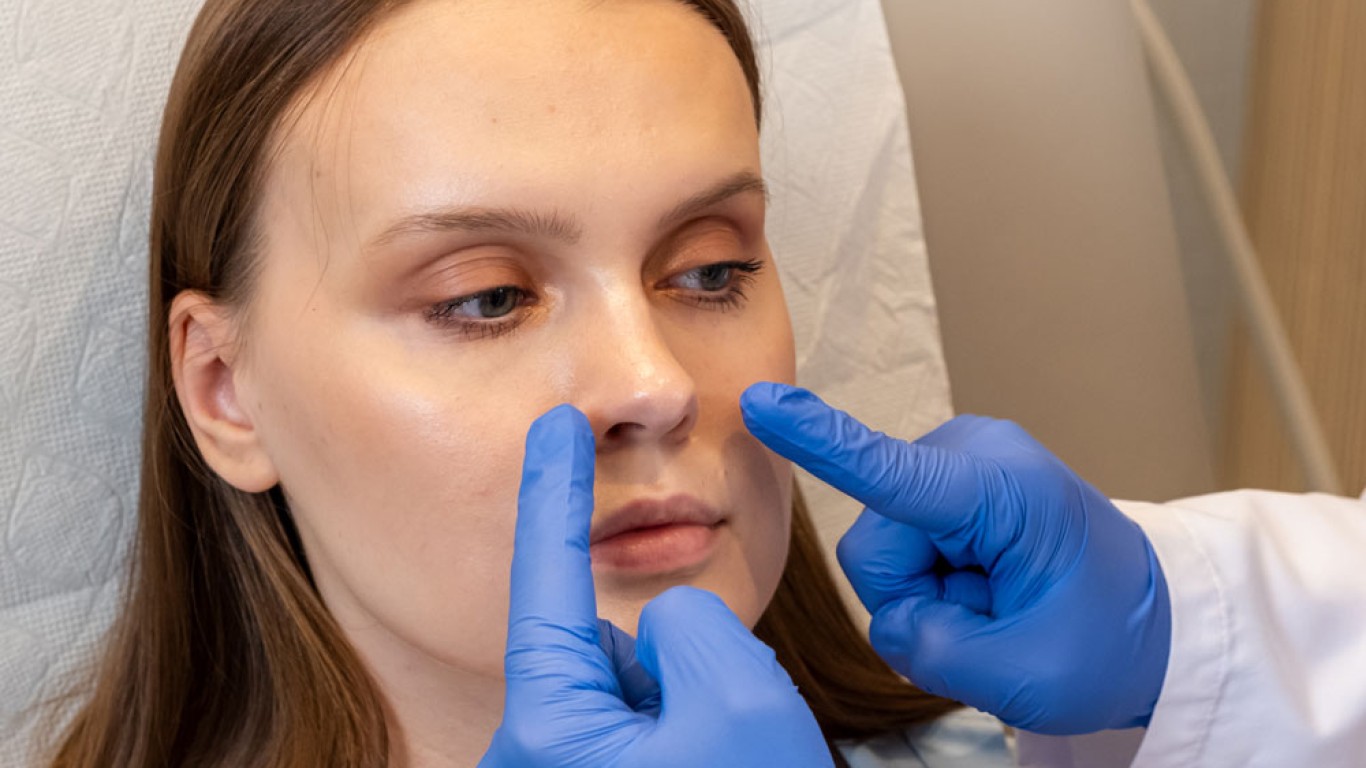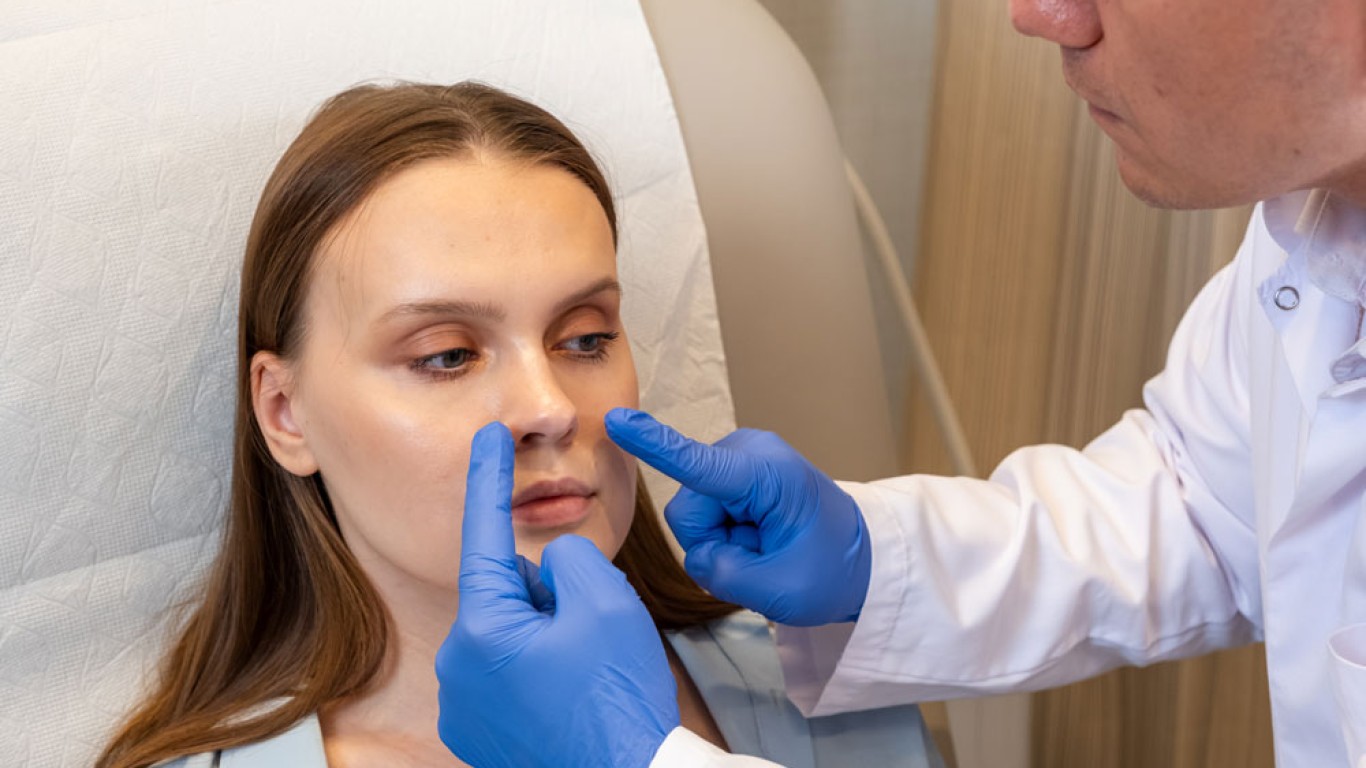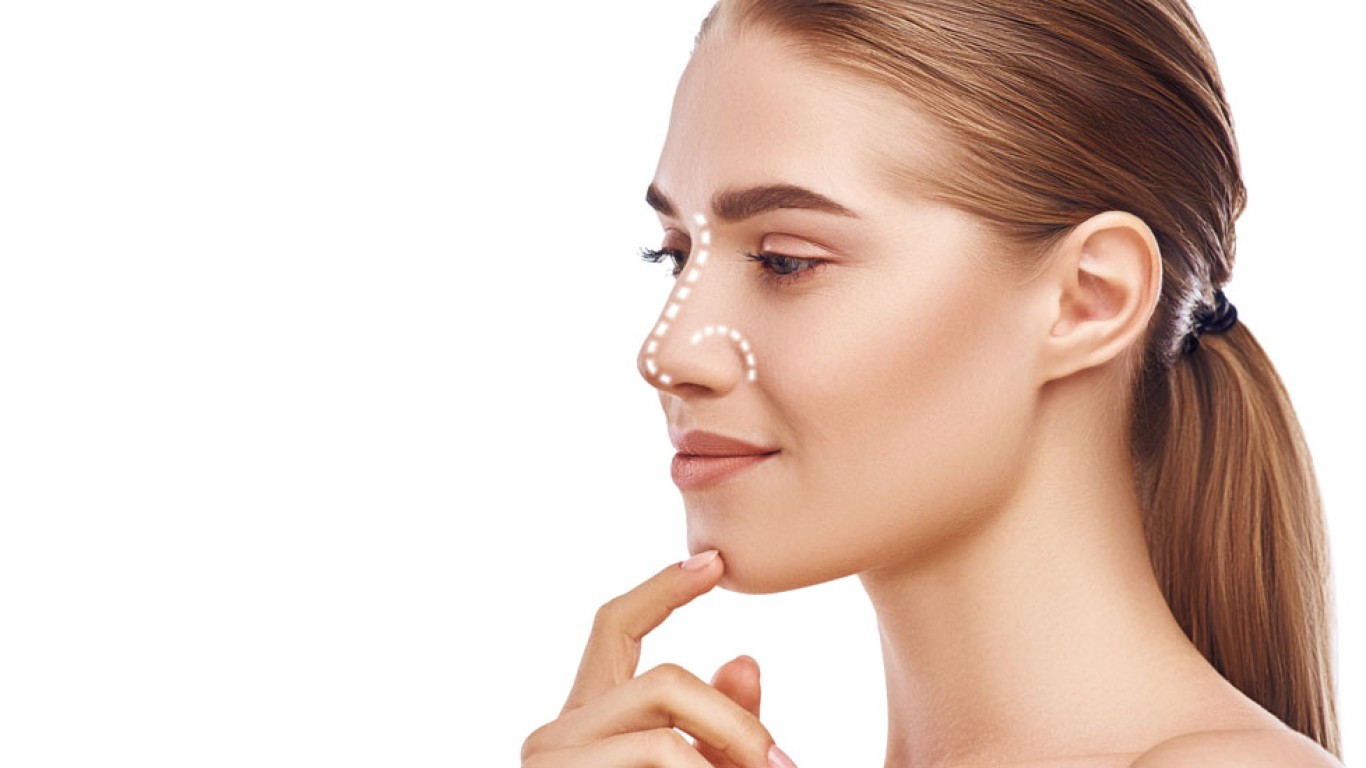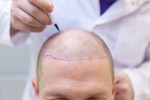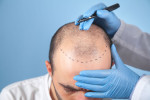Revision rhinoplasty is a specialised surgical procedure performed after a previous nose surgery. It corrects issues that weren’t addressed or were caused by the initial operation. This second surgery can enhance aesthetics, restore function or both. For many patients, it's about finally achieving the results they originally hoped for. A successful nose surgery should balance facial features and support clear breathing. However, sometimes things don’t go as planned. Whether due to healing complications, surgical error or evolving preferences, revision rhinoplasty becomes necessary. This article explains when to consider it, why it’s needed, and what the procedure involves.
What Is Revision Rhinoplasty?
Revision rhinoplasty is a follow-up nose surgery designed to fix concerns from a previous rhinoplasty. It’s also called secondary rhinoplasty. This procedure can involve correcting aesthetic problems like asymmetry, bumps or crookedness. It can also resolve breathing issues caused by internal structural changes. Because the nose has already been operated on, the anatomy may be altered or scarred. This makes revision rhinoplasty more complex than the original surgery. It often requires more time, precision and sometimes cartilage grafts from the ear or rib. Despite the challenges, many patients find great success with revision surgery. Especially when performed by an experienced surgeon.
Why Do People Choose Revision Rhinoplasty?
There are many reasons patients consider revision rhinoplasty. Some of the most common include:
- Aesthetic dissatisfaction: The result may not match expectations or facial proportions.
- Structural concerns: Over-removal of tissue can lead to collapse or visible irregularities.
- Functional problems: Breathing issues can arise if internal support is compromised.
- Healing complications: Poor scarring, infection or tissue damage may affect the final outcome.
- Natural ageing: The nose may change shape or position over time.
In some cases, people experience a combination of the above. Revision rhinoplasty gives them a second chance at achieving the nose they desire.
When Is the Right Time for a Revision Rhinoplasty?
Timing is key when planning a revision rhinoplasty. Surgeons typically recommend waiting at least 12 months after the first procedure. This allows time for swelling to subside and tissues to settle fully. Operating too soon can lead to unpredictable results or further complications. There are exceptions, though. If structural issues are severe or breathing is seriously impaired, earlier intervention might be considered. However, patience is usually essential for the best outcome. During your consultation, your surgeon will examine the nose's condition. They will assess whether revision is advisable at that stage.
How Is Revision Rhinoplasty Performed?
Revision rhinoplasty is usually performed under general anaesthesia. Most surgeons prefer the open technique, which provides full visibility and access. This involves a small incision across the columella, allowing the nasal skin to be lifted.
Once inside, the surgeon may:
- Remove or reshape cartilage
- Add grafts for structure
- Correct collapsed areas
- Refine the tip or bridge
- Address internal obstructions
The procedure may take longer than the first surgery, depending on the complexity. In some cases, cartilage grafts are harvested from the ear or rib for support.
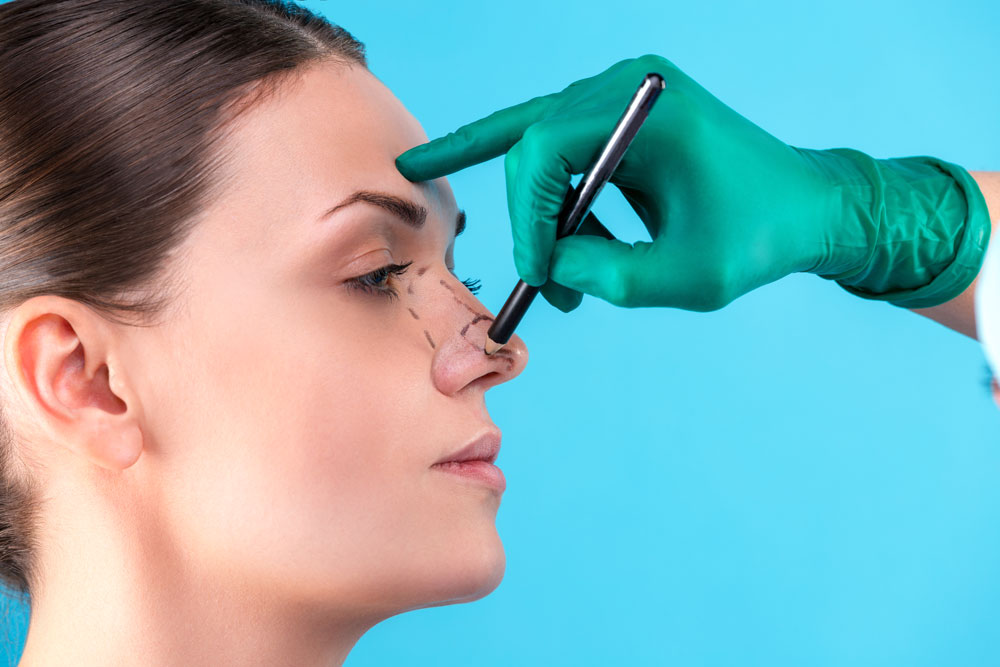
Recovery Timeline
Recovery from revision rhinoplasty can be similar to primary surgery, but healing may take longer. Here’s what most patients experience:
- First week: Bruising, swelling and mild discomfort. Nasal splints may be used.
- Two to four weeks: Stitches dissolve or are removed. Most people return to work.
- Three months: Swelling reduces significantly, revealing improved shape.
- Six to twelve months: Final results become more visible as swelling fully resolves.
It’s essential to follow your surgeon’s aftercare advice carefully. Avoid impact, heat, and vigorous activity during early recovery. Patience and protection support the healing process.
Risks of Revision Rhinoplasty
While revision rhinoplasty can produce excellent results, it carries some challenges. These include:
- Increased complexity: Scar tissue makes surgery more difficult.
- Unpredictable healing: The body may respond differently than the first time.
- Limited material: Cartilage may be depleted from the initial surgery.
- Multiple surgeries: Sometimes more than one revision is needed.
However, choosing a highly skilled surgeon reduces these risks considerably. Discussing your goals and concerns in advance ensures a realistic plan is in place.
Choosing the Right Surgeon
Revision rhinoplasty requires a specialist with experience in complex nasal surgery. You should look for someone who:
- Has a strong track record with revision procedures
- Provides a clear, realistic surgical plan
- Uses before-and-after photos of similar cases
- Offers thorough pre-operative assessments
Open communication is essential. A good surgeon will explain limitations as well as possible outcomes. You should feel confident in their skill and approach. At ACIBADEM Beauty Center, our expert surgeons understand the art and science behind revision rhinoplasty. Every case is handled with care, precision and honesty.
Realistic Expectations for Revision Rhinoplasty
It’s vital to approach revision rhinoplasty with clear, realistic expectations. While improvements can be dramatic, perfection is not always possible. Previous surgeries may limit certain changes or add complexity. The goal is enhancement, not flawlessness. Most patients are pleased with refined contours, better symmetry or restored function. Trust in the process and focus on long-term results. Discuss all your hopes and concerns with your surgeon. This helps you align expectations with what can be achieved.
Conclusion
Revision rhinoplasty offers patients the chance to correct problems from a previous nose surgery. Whether it's aesthetic dissatisfaction, functional impairment or structural collapse, this procedure can deliver improved results when expertly performed. Though more complex, revision rhinoplasty can be life-changing. Make sure you have patience, preparation and the right surgeon. It is possible to achieve the balance, harmony and confidence you originally hoped for!
For more information and to book a consultation visit the ACIBADEM Beauty Center Rhinoplasty webpage.
Frequently Asked Questions
You should wait at least 12 months to allow healing and swelling to fully settle.
Yes, it can address functional problems caused by structural changes in the previous surgery.
Not usually. Recovery is similar to the first surgery, but healing may take slightly longer.
Possibly. If nasal cartilage is limited, grafts from the ear or rib may be used.
When done by an experienced surgeon, results are often excellent and long-lasting.
